Description
Description
Piriton Syrup and Piriton Tablet formats make a great hay fever treatment option for all the family. Piriton can relieve the symptoms of hay fever and other allergies, and so aid restful sleep when symptoms are troublesome at night. Piriton can also be used to relieve the itchy rash of chickenpox.
You can take Piriton for the relief of:
- Food allergy symptoms such as itchy skin, skin rash and hives
- Hayfever
- House dust mite allergies
- Insect bites and stings
- Mould spore allergies
- Nettle rash and hives
- Pet allergies
- Prickly heat and heat rash
- Skin allergies and dermatitis
- Symptoms of drug reactions responsive to antihistamines
- The itchy rash of chickenpox
Uses / Instructions
Uses / Instructions
Use the two-headed spoon provided with the syrup. Adults and children over 12 years: Take two 5ml spoonfuls every 4-6 hours. Maximum daily dose: 12 x 5 ml spoonfuls in 24 hours. Children aged 6-12 years: Give one 5ml spoonful every 4-6 hours. Maximum daily dose: 6 x 5 ml spoonfuls in 24 hours. Children aged 2-6 years: Give 2.5ml every 4-6 hours. Maximum daily dose: 6 x 2.5 ml spoonfuls in 24 hours. Children aged 1-2 years: Give 2.5ml every 4-6 hours. Maximum daily dose: 2 x 2.5 ml spoonfuls in 24 hours. Children under 12 months: Not recommended.
Warnings
Warnings
Do not take Piriton Syrup if you: Are allergic to antihistamines or to any of the ingredients listed above, Have taken drugs for depression called monoamine oxidase inhibitors (MAOI) within the last 14 days. Please see your doctor before you take the syrup if you:Have epilepsy, glaucoma, an enlarged prostate, an overactive thyroid, very high blood pressure, or heart, liver or chest disease, Are taking medicines to treat anxiety or to help you sleep.Are taking any medicine containing phenytoin for epilepsy. Taking the medicine with food and drink: As with other antihistamines the effects of alcohol may be increased. Pregnancy and breast feeding: Medicines should not be used during pregnancy, or breast feeding, without seeking advice from a doctor. Driving and using machines: If the syrup makes you feel drowsy, do not drive or operate machinery. If you take more syrup than you should: If you (or someone else) swallow more than the recommended dose, or if you think a child has accidentally swallowed more than the recommended dose, contact your nearest hospital casualty department or your doctor immediately. Do not drive if it is you that has taken too much. Take the syrup with you so that the doctor can see what has been taken. If you forget to take the syrup: If you forget to take the syrup, take a dose as soon as you remember, unless it is nearly time to take the next one. Never take two doses together. Take the remaining doses at the correct time. Talk to your doctor before you take this syrup if you have very high blood pressure, heart disease, epilepsy, glaucoma, enlarged prostate, liver disease, kidney disease, bronchitis, asthma, bronchiectasis or chronic lung disorders (difficulty in breathing and cough that won’t go away). Piriton Syrup contains 6.3% v/v ethanol (alcohol), similar to 6.3 ml beer or 2.6 ml wine per 5 ml spoonful. This could be harmful if you suffer from alcoholism. This should also be considered if you are pregnant or breast feeding, in children and high-risk groups such as patients with liver disease or epilepsy. Avoid drinking alcohol with this medicine. Do not drive or operate machinery if the syrup makes you feel drowsy, dizzy or if you experience blurred vision. Clean your teeth regularly. The syrup contains sucrose and long term use could increase the risk of tooth decay. If you have been told by your doctor that you have an intolerance to some sugars, contact your doctor before using Piriton Syrup. Piriton Syrup contains 2.36 g of sucrose per 5 ml. This should be taken into account in patients with diabetes mellitus.
Side Effects
Side Effects
Stop using this product and consult your doctor if you experience: Allergic reaction which can be severe. Signs include: Raised and itchy rash (hives) Swelling, sometimes of the face or mouth causing difficulty in breathing Collapse Very Common (affects more than 1 in 10 people) drowsiness and sedation Common (affects between 1 in 10 and 1 in 100 people) disturbance in concentrating, un-coordination, dizziness, headache blurred vision feeling or being sick, dry mouth fatigue Other side effects may include: allergic reactions, swelling of the skin, loss of appetite, confusion, excitation, irritability, nightmares, low blood pressure, thickening of phlegm, vomiting, abdominal pain, diarrhoea, indigestion or upset stomach, itchy skin, rash, sensitivity to the sun, muscle twitching, muscle weakness, difficulty passing water, chest tightness, low blood count, bruising, hepatitis (severe stomach pain, nausea or vomiting and loss of appetite and/or jaundice (yellow colouring of the skin or the whites of the eyes)). If you get any side effects, talk to your doctor, pharmacist or nurse. This includes any possible side effects not listed in this leaflet. See patient information leaflet for a full list of side effects.
Ingredients
Ingredients
Active ingredient: Chlorphenamine Maleate (2mg in 5mls on liquid) Other ingredients: Sucrose, glycerol, ethanol, tingle flavour, peppermint oil, water and, as a preservative, a mixture of methyl, ethyl and propyl hydroxybenzoates (E 218, E 214 and E 216). Methyl, ethyl and propyl hydroxybenzoates (E 218, E 214 and E 216) may cause allergic reactions (possibly delayed). The bottle contains 150 ml.
Shipping
Reviews (0)
Only logged in customers who have purchased this product may leave a review.

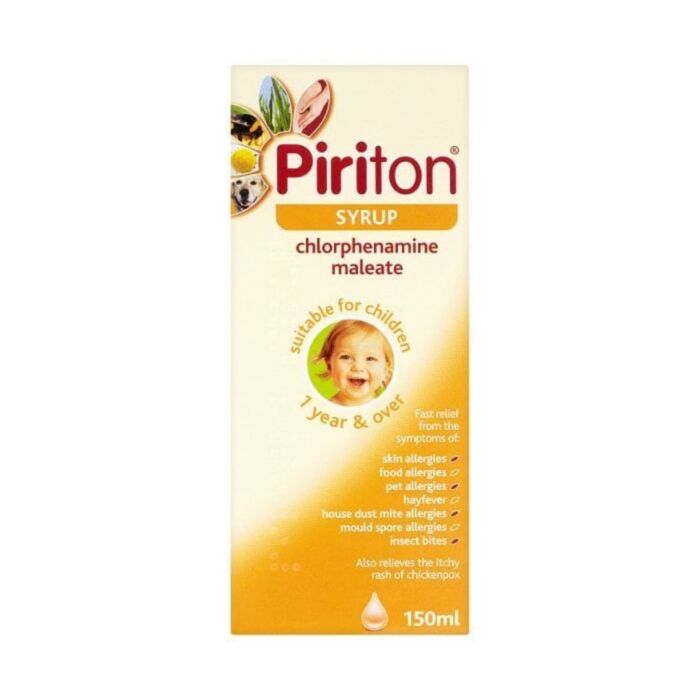

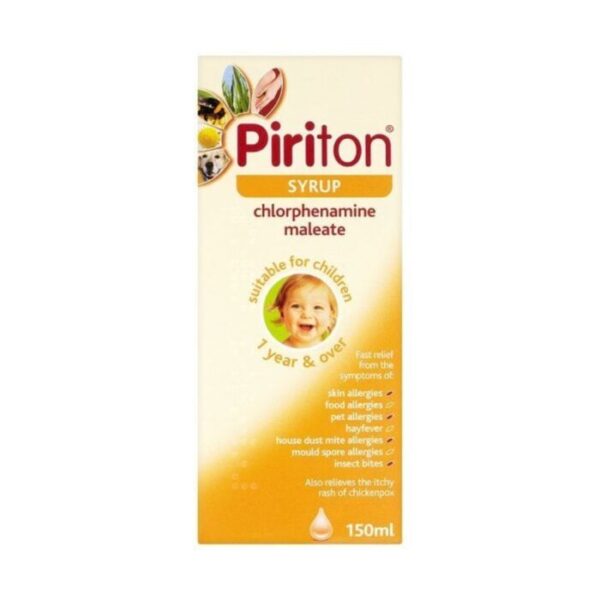
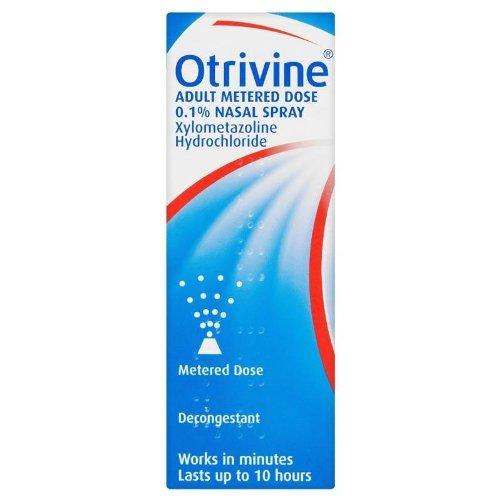
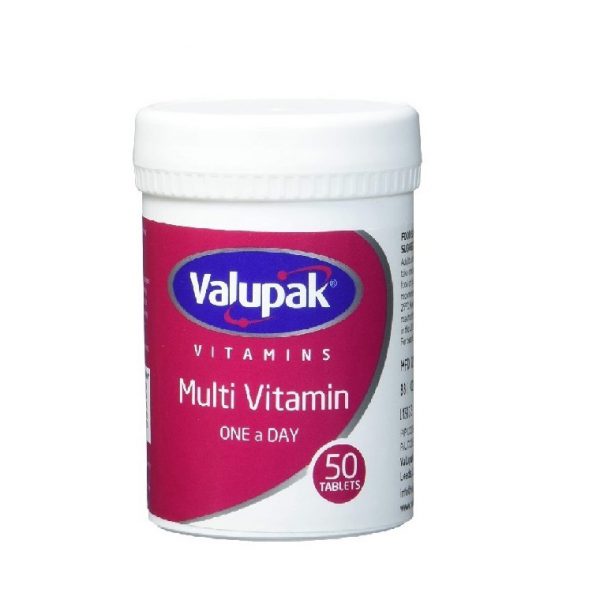
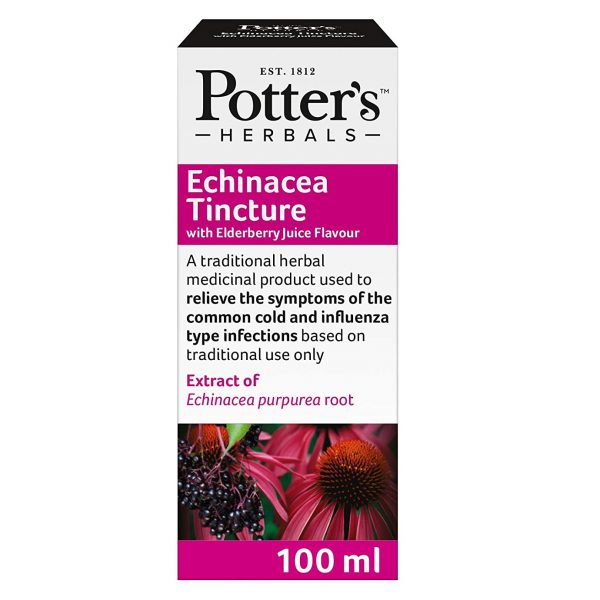
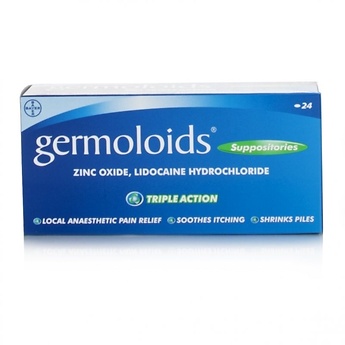
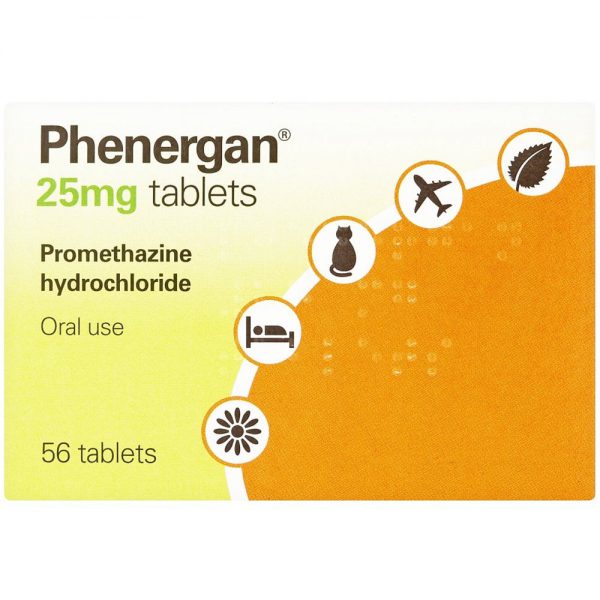
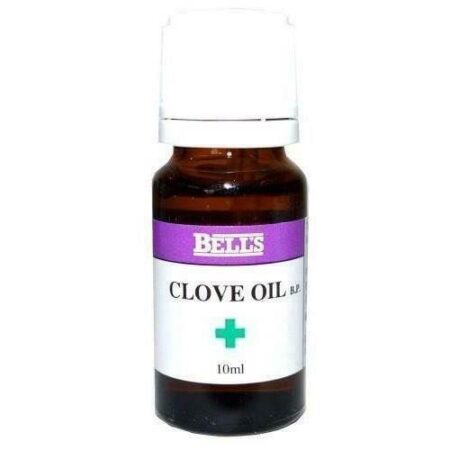
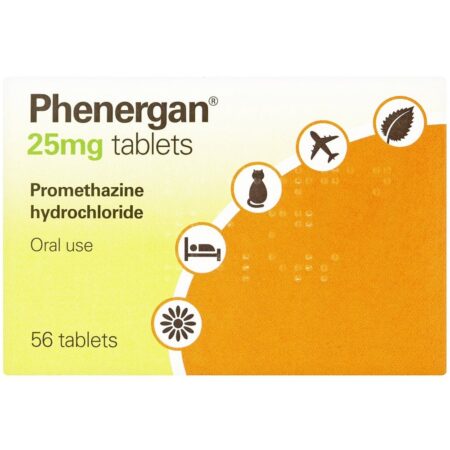
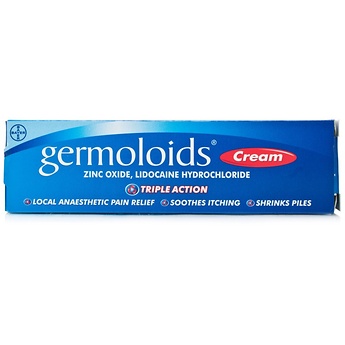
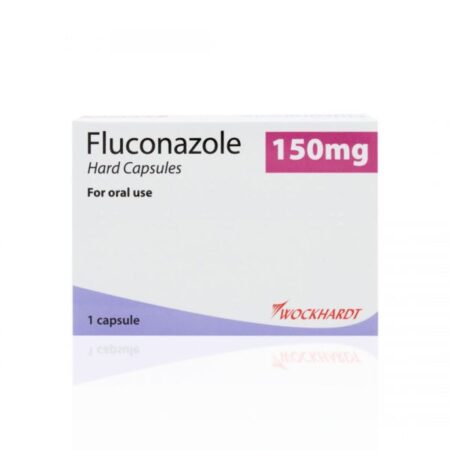
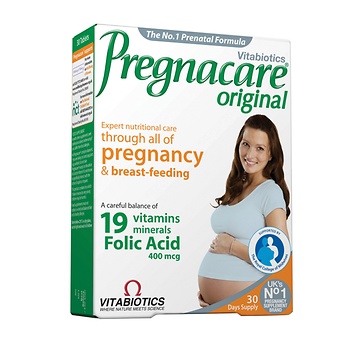
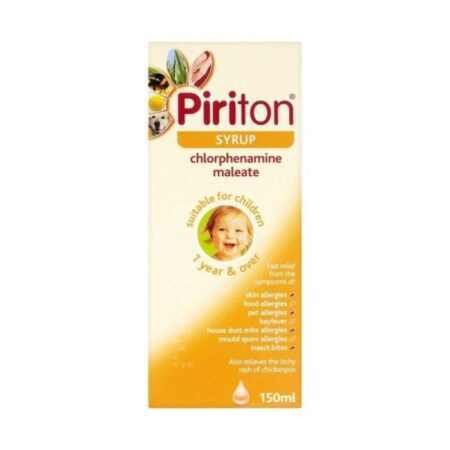

Reviews
There are no reviews yet.